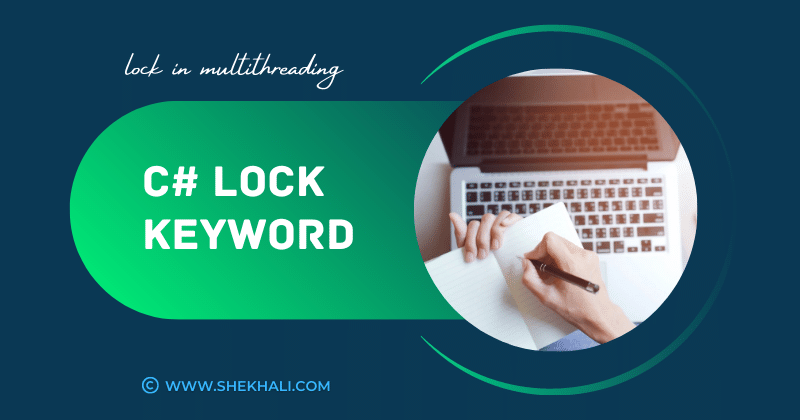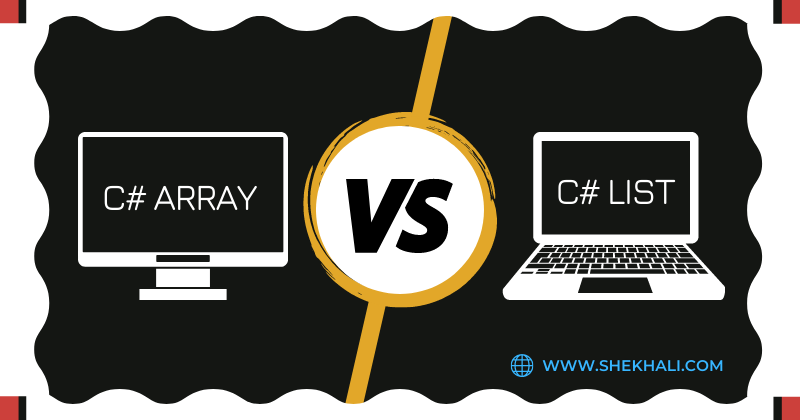
C# Tutorial
Learn C# programming language with this comprehensive C# tutorial series. From beginner to advanced topics, It covers everything you need to know to become proficient in C# programming.
C# Struct vs Class |Top 15+ Differences Between Struct and Class
Difference Between Struct and Class in C#:
One key difference between structs and classes is that Structs are value types, whereas classes are reference types.
In the case of structs, they are copied by value, meaning that a complete replica of the data is created when passed or assigned. On the other hand, classes are copied by reference, meaning that only a reference to the original data is passed around rather than a full duplication.
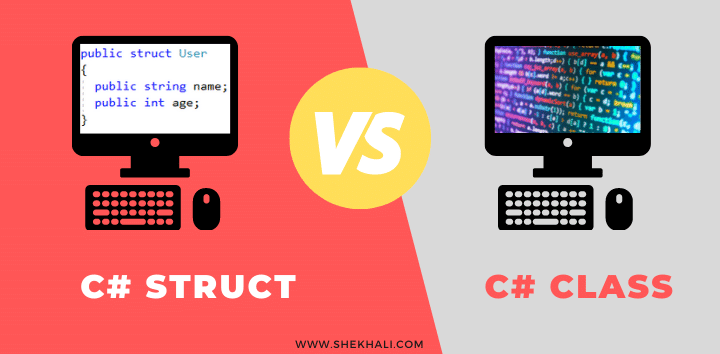
C# List with examples
In this article, we will learn about the C# list with the help of multiple examples.
List<T> is a dynamic collection that contains multiple objects of the same data type that can be accessed using an index.
It is similar to an array but can grow or shrink in size. Lists are commonly used to store and organize data in a sequential manner. It can dynamically perform operations like adding, searching, shorting, and removing elements from a collection.
The following diagram illustrates the methods and properties of the List<T> class.

C# Access Modifiers: Everything You Need to Know (With Examples)
One of the fundamental features of C# is the use of access modifiers. These modifiers control the accessibility of classes, methods, and variables in your code.
In this article, we will take a comprehensive look at C# access modifiers, exploring their various types, their effects on code, and best practices for using them.

C# Dictionary – How to Use a Dictionary in C# [With Examples]
A Dictionary in C# is a collection that stores a set of keys and values, similar to a Hashtable. Dictionaries are useful for storing data that needs to be quickly retrieved using a key.
- In C#, a
Dictionary<TKey, TValue>is a generic collection that stores key/value pairs data organized by the unique key. - In C#, the Dictionary class is part of the
System.Collections.Genericnamespace. It is a dynamic collection that can be resized on-the-fly, allowing you to add or remove items as needed. It means that you don’t have to pre-define the size of the dictionary, and it can grow or shrink depending on the data being stored.
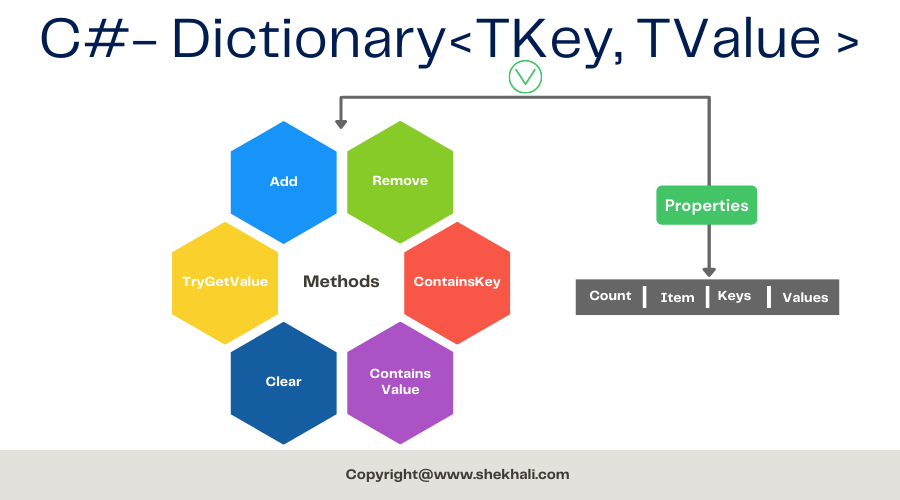
IEnumerable Interface in C#-12 key points you should know about IEnumerable
In this article, we will discuss how to implement the IEnumerable interface in C# through several examples and code implementations.
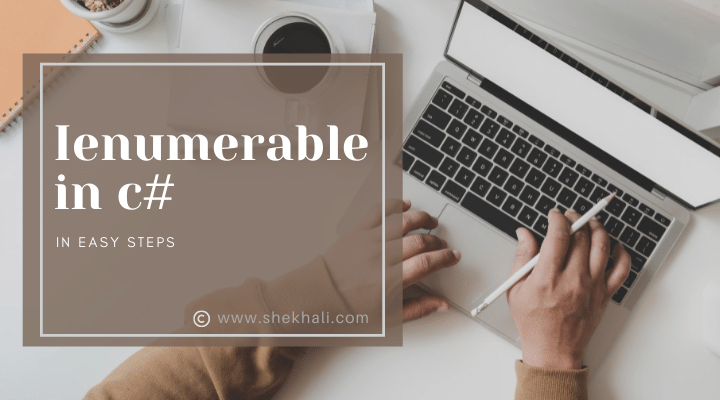
What is an IEnumerable interface in C#?
C# Abstract class Vs Interface: Difference between Abstract class and Interface in C#
In this article, We are going to discuss the “difference between Abstract class and Interface in C#” with simple examples. This is one of the most frequently asked questions in almost every C# dot net interview.

C# Exception: C# Exception handling best practices
An exception is defined as an event that occurs during the program execution that is unexpected by the program code. Exception handling is important because it handles an unwanted exception so that your program code does not crash and remains meaningful to the user.
In this article, we will discuss the exception types and exception handling in C# using try, catch, and finally blocks.

C# Enum: How to use enumeration type in C#?
What is an enum in C#?
An enum, or enumeration, is a value type in C# that consists of a set of named constants called the members of the enum. Enums are useful when you have a fixed set of values that a variable can take on, such as the days of the week or a set of predefined options.
Enums are value types, so they are stored in the stack rather than the heap. This means that they are faster to access than reference types, but they also take up more memory.
In this post, we will learn the proper usage of an enum in c# with multiple examples.

Extension methods in C#: Everything You Need To Learn (2023)

An extension method in C# is a feature that allows you to inject new methods into existing classes without changing their source code.
It allows you to create additional methods that can be used as if they were a regular method of the original class.
Extension methods are static methods defined in a static class. They use the “this” keyword with the first parameter, representing the type extended by the extension method.
OOPs Concepts in C# with Examples (2023)
Are you interested in learning about the fundamental concepts of Object-Oriented Programming (OOP) in C#? If so, you’re in the right place! This article will provide a comprehensive introduction to OOPs concepts in C#.
This post will go through object-oriented programming in C# and the four basic OOPs concepts.

C# Indexers – Indexers VS Properties in C#
In this post, we will learn about indexers in C# using a few examples. We’ll also look at the key difference between the indexer and properties in C#.
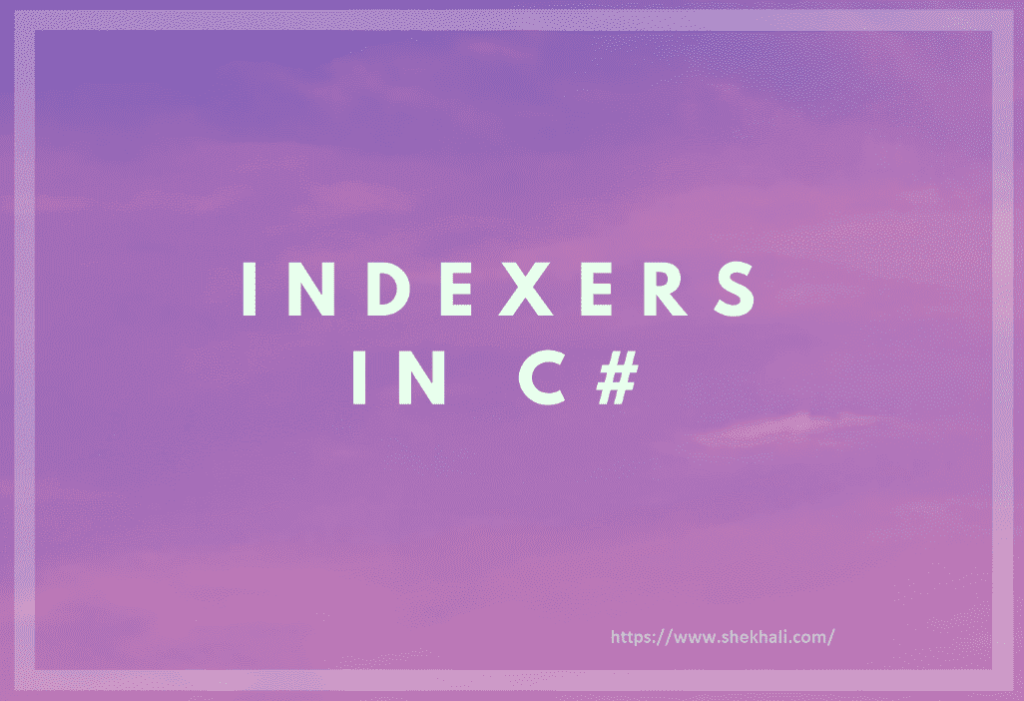
Inheritance in C# with examples| 5 Types of inheritance in C#
In this article, we will discuss the use of Inheritance in C# through examples.

Properties In C# With Examples: ReadOnly, WriteOnly Properties in C#
Property in C# is a member of a class that allows classes to read, write, and expose private fields while keeping the implementation details hidden.
In this post, we will try to understand how to use properties in C# with multiple examples.

Var keyword in C#: Best Practices and Examples

Introduction: var keyword in C#
In C# 3.0, the var keyword was introduced to declare an implicit type local variable that could hold any data. However, it’s important to remember that when using var, you must ensure the variable is assigned a value during declaration.
In simpler terms, var lets us create a variable without deciding its type beforehand. It’s like telling the compiler, “Hey, you decide the type based on what value I assign to this variable.” However, it’s important to note that when we declare a variable with var, we must also initialize it with a value right at the beginning.
Generic Delegates in C# With Examples: Func, Action, and Predicate delegates
Last updated on March 4th, 2024 at 02:11 am In the previous article, we learned about the delegates and their …
Anonymous Method In C# (With Examples)
An anonymous method in C# is a method that doesn’t have a name. You can create an anonymous method using the delegate keyword and assign it to a variable of delegate type.
In this article, We will discuss about the Anonymous method with multiple examples.

Understanding C# Delegates (with Examples)
In simple terms, a delegate in C# is like a pointer to a method. It allows you to refer to a method by its name and invoke it later. Think of it as a “method container” that holds a reference to a particular method with a specific signature (parameters and return type).

Lock keyword in C# | Thread Locking In C#
The lock keyword in C# is used to place around a critical section of code, where we want to allow only one thread to access the resource at a time. Any other thread cannot access the lock and it waits for the lock to be released.
In this post series, we will go through the understanding of the lock keyword, monitor, mutex, and semaphore available in C#.
All of these classes (lock, monitor, mutex, and semaphore) provide a synchronization mechanism to protect the shared code or resources in a multithreaded application.
